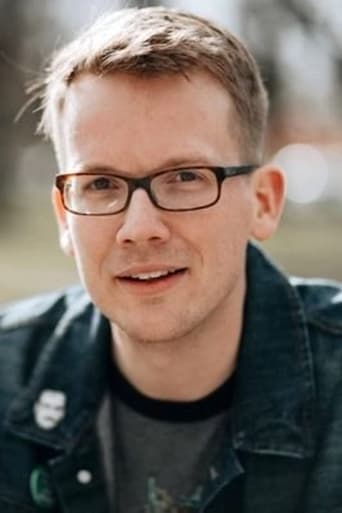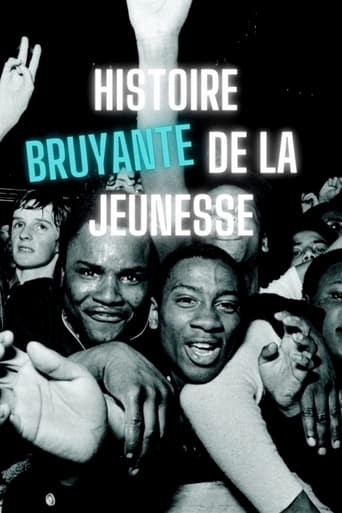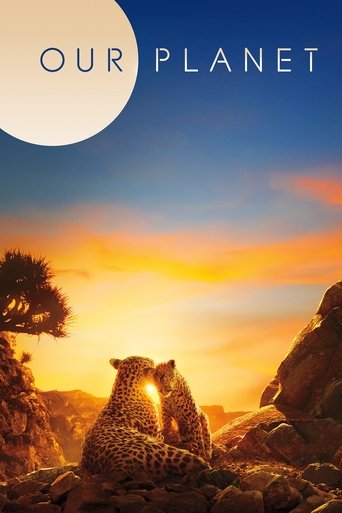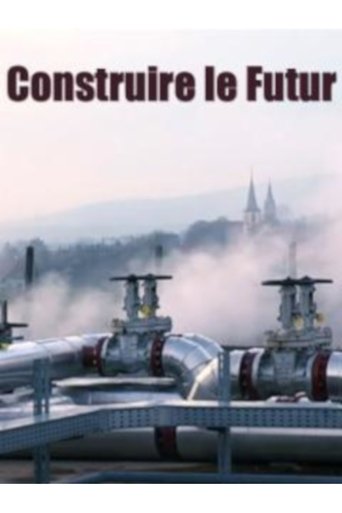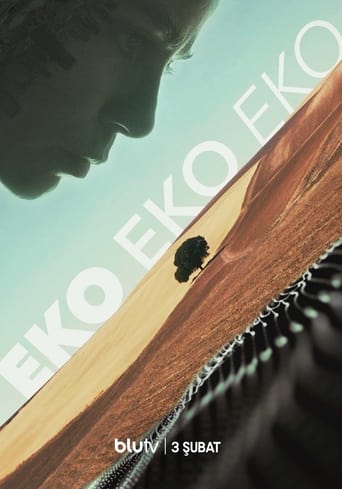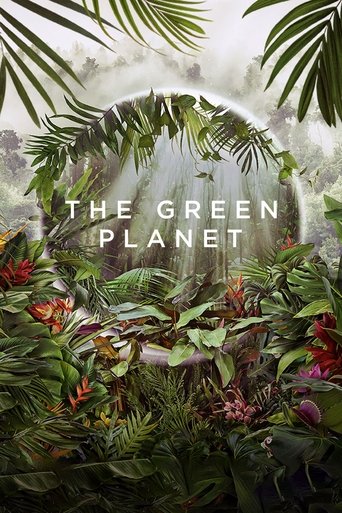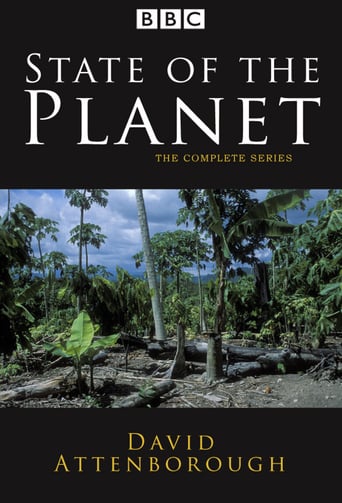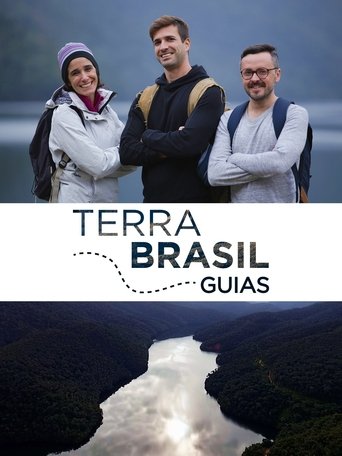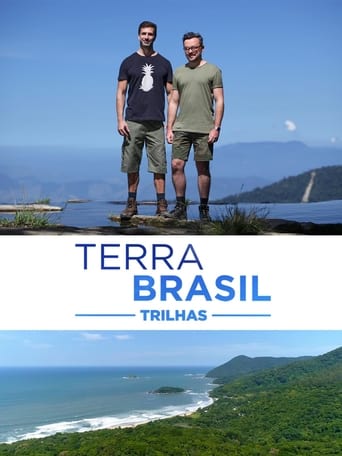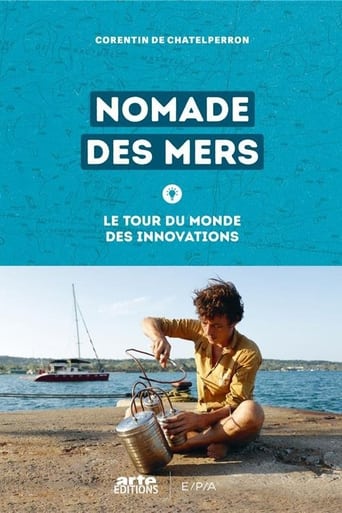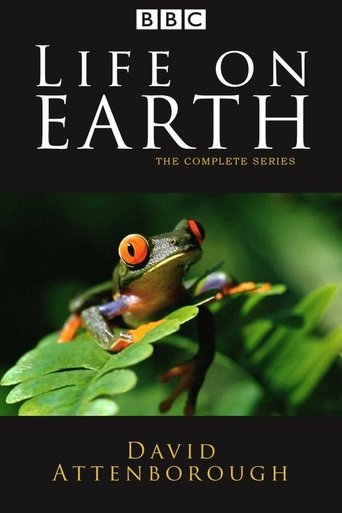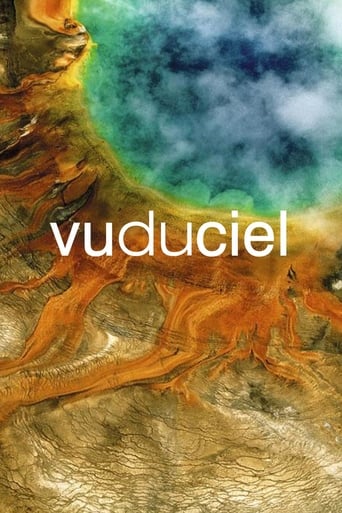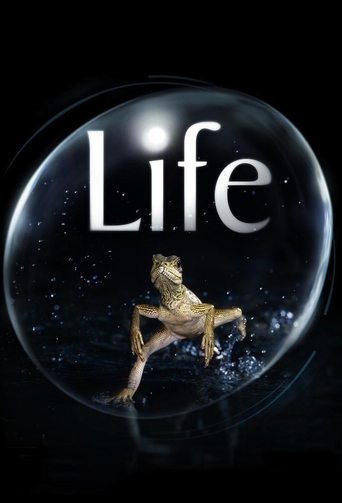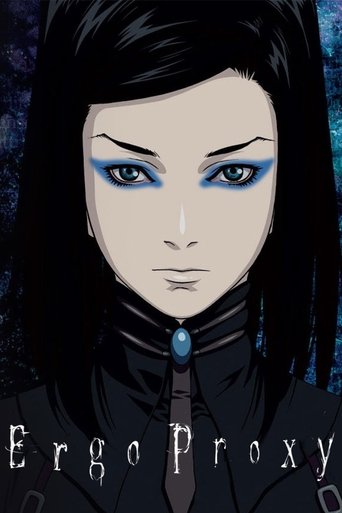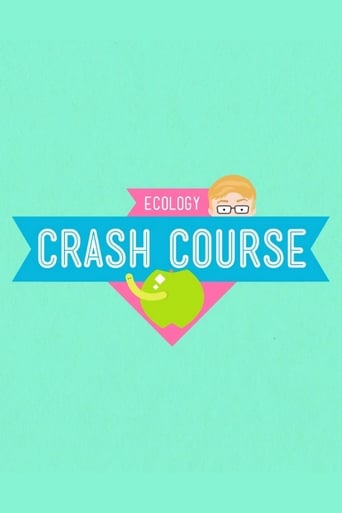
Rating:
0/10 by 0 users
Nitrogen & Phosphorus Cycles: Always Recycle! Part 2
Hank describes the desperate need many organisms have for nutrients (specifically nitrogen and phosphorus) and how they go about getting them via the nitrogen and phosphorus cycles.
Writing:
Release Date:
Mon, Nov 05, 2012
Country: US
Language: En
Runtime: 13
Country: US
Language: En
Runtime: 13
Hank Green
Self - Host
Season 1:

With a solid understanding of biology on the small scale under our belts, it's time for the long view - for the next twelve weeks, we'll be learning how the living things that we've studied interact with and influence each other and their environments. Life is powerful, and in order to understand how living systems work, you first have to understand how they originated, developed and diversified over the past 4.5 billion years of Earth's history. Hang on to your hats as Hank tells us the epic drama that is the history of life on Earth.

Population ecology is the study of groups within a species that interact mostly with each other, and it examines how they live together in one geographic area to understand why these populations are different in one time and place than they are in another. How is that in any way useful to anyone ever? Hank uses the example a of West Nile virus outbreak in Texas to show you in this episode of Crash Course: Ecology.

If being alive on Earth were a contest, humans would win it hands down. We're like the Michael Phelps of being alive, but with 250,000 times more gold medals. Today Hank is here to tell us the specifics of why and how human population growth has happened over the past hundred and fifty years or so, and how those specifics relate to ecology.

Interactions between species are what define ecological communities, and community ecology studies these interactions anywhere they take place. Although interspecies interactions are mostly competitive, competition is pretty dangerous, so a lot of interactions are actually about side-stepping direct competition and instead finding ways to divvy up resources to let species get along.

Hank gets to the more violent part of community ecology by describing predation and the many ways prey organisms have developed to avoid it.

In the world of ecology, the only constant is change - but change can be good. Today Hank explains ecological succession and how ecological communities change over time to become beautiful, biodiverse mosaics.

Hank brings us to the next level of ecological study with ecosystem ecology, which looks at how energy, nutrients, and materials are getting shuffled around within an ecosystem (a collection of living and non-living things interacting in a specific place), and which basically comes down to who is eating who.

Hank introduces us to biogeochemical cycles by describing his two favorites: carbon and water. The hydrologic cycle describes how water moves on, above, and below the surface of the Earth, driven by energy supplied by the sun and wind. The carbon cycle does the same...

Hank describes the desperate need many organisms have for nutrients (specifically nitrogen and phosphorus) and how they go about getting them via the nitrogen and phosphorus cycles.

Hank gives the run down on the top five ways humans are negatively impacting the environment and having detrimental effects on the valuable ecosystem services which a healthy biosphere provides.

Hank talks about the last major way humans are impacting the environment in this penultimate episode of Crash Course Ecology. Pollution takes many forms - from the simplest piece of litter to the more complex endocrine distruptors - and ultimately, humans are responsible for it all.

Hank wraps up the Crash Course on ecology by taking a look at the growing fields of conservation biology and restoration ecology, which use all the kung fu moves we've learned about in the past eleven weeks and apply them to protecting ecosystems and to cleaning up the messes that we've already made.

